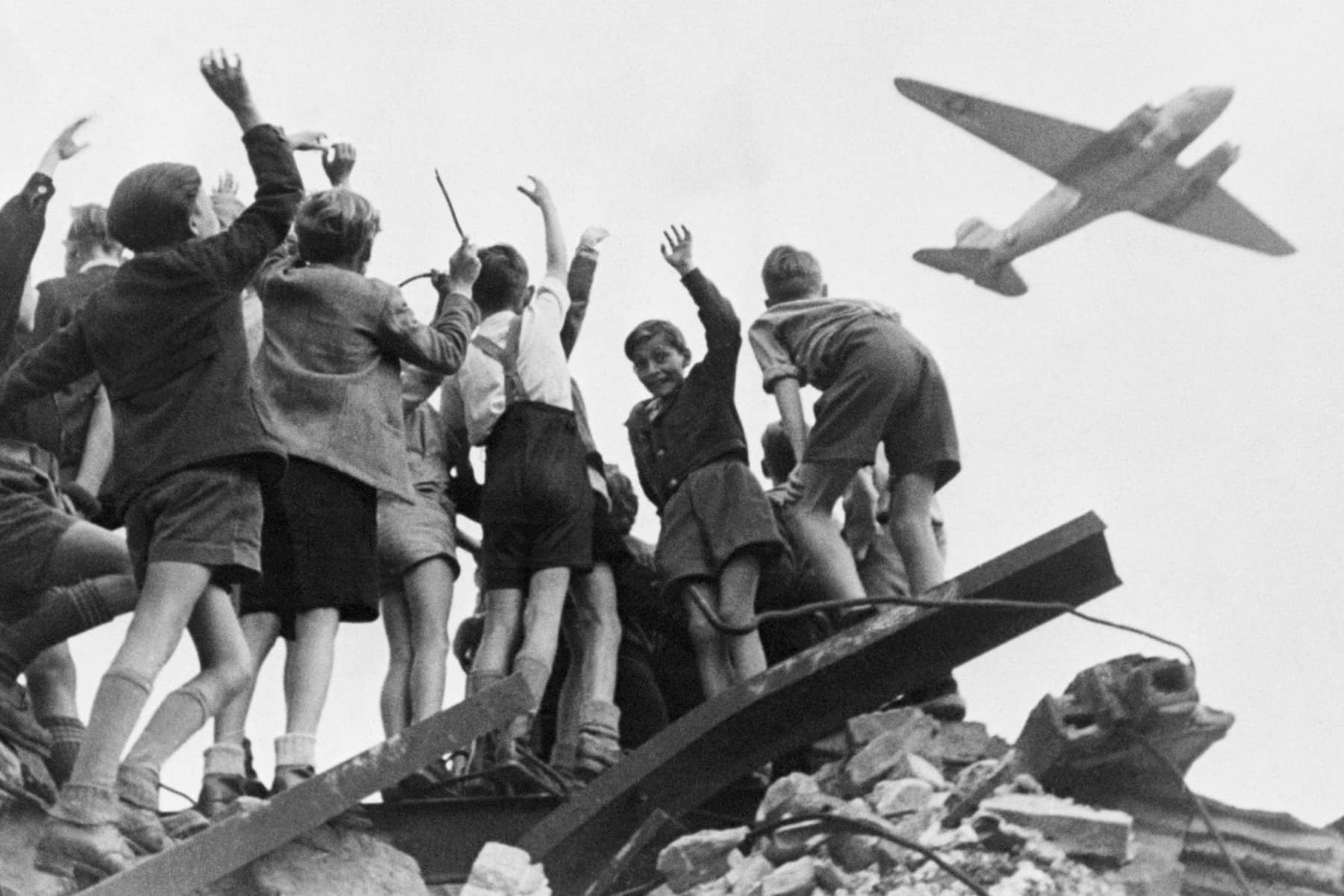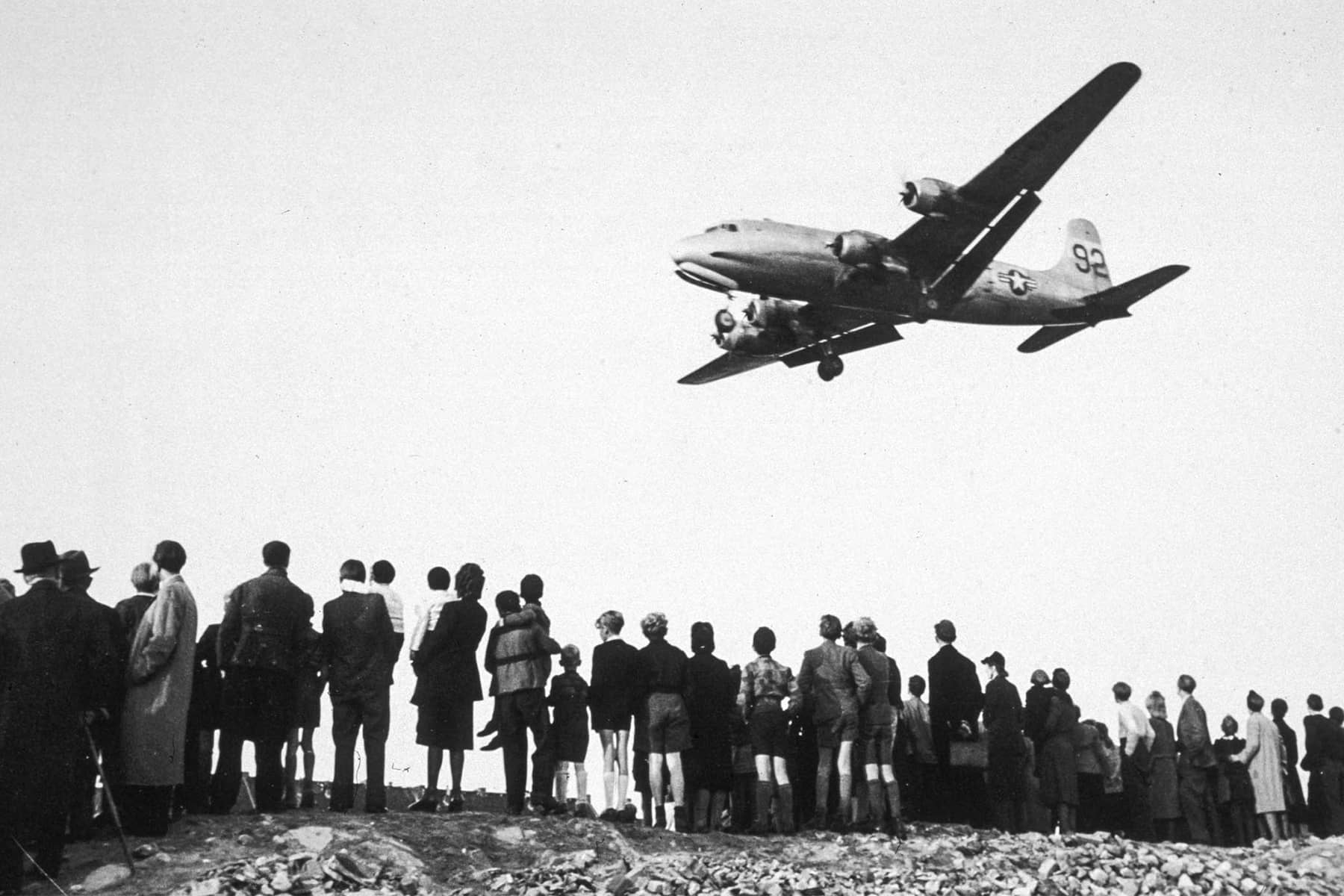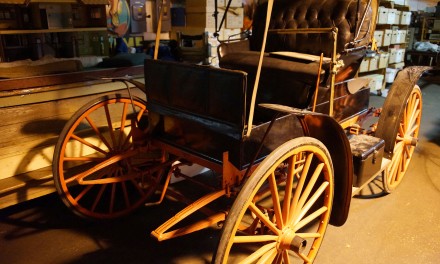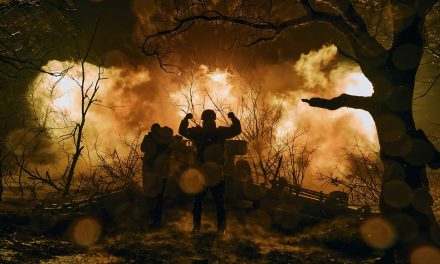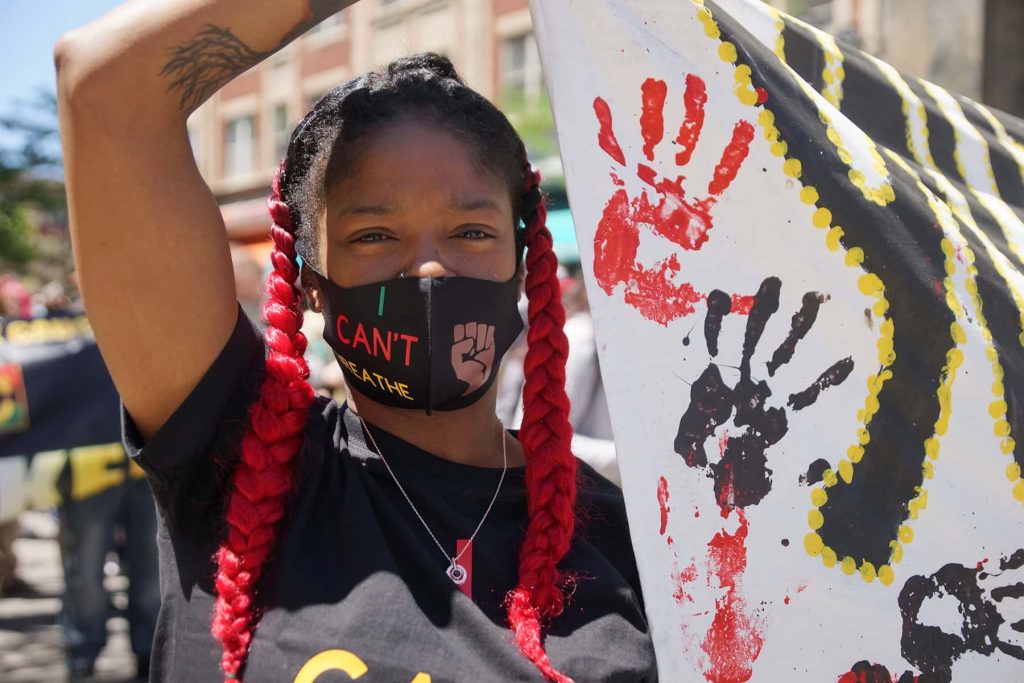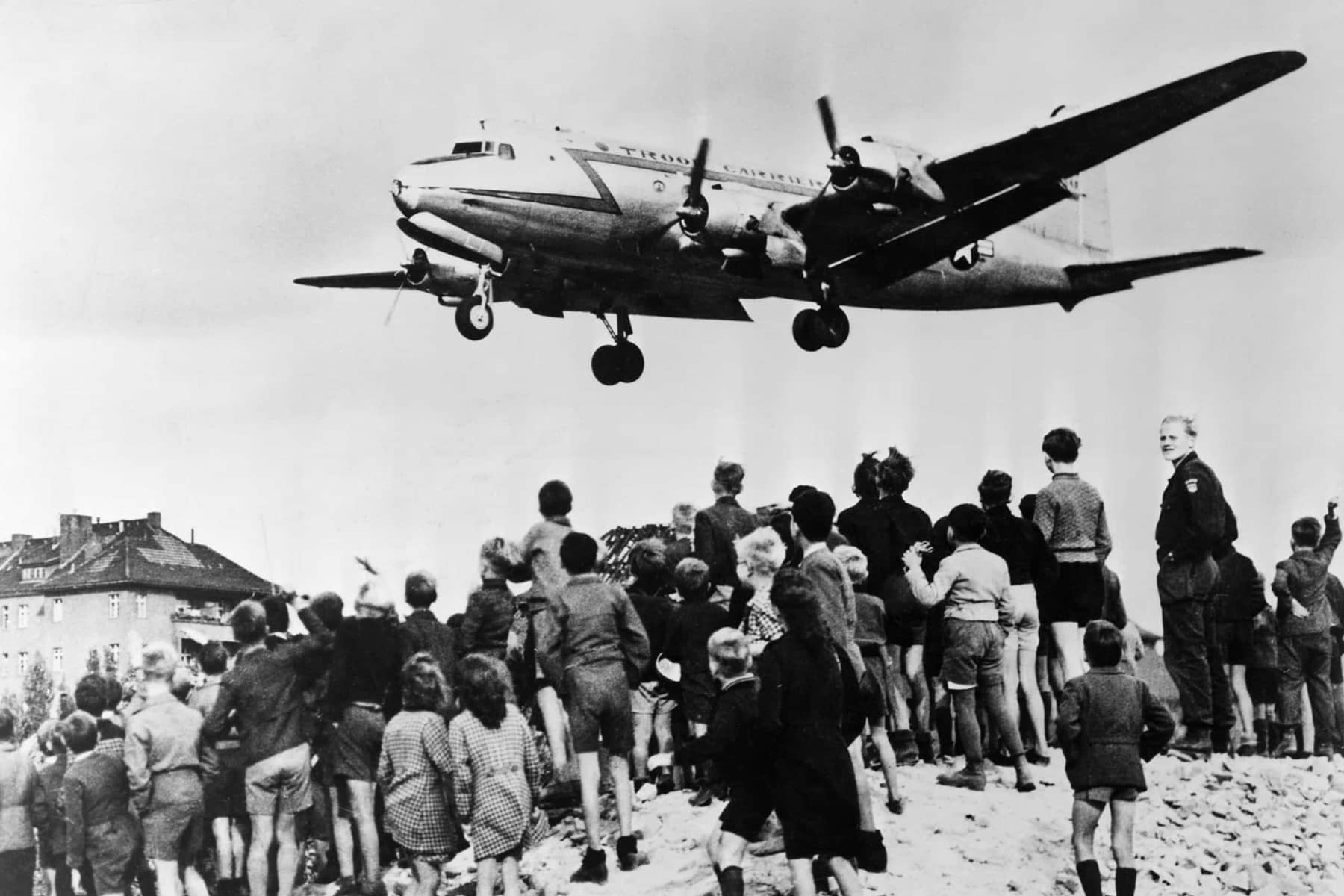
This is not the first time Russia has tried freezing and starving people to death to get them to submit. They have done it at least twice before, once successfully in 1932 and once unsuccessfully in 1949.
Although I would not be born for another two years, I “remember” the Berlin Airlift of 1948/1949. It was part of the story of my growing up: my mother’s first fiancée was killed fighting the Germans and my father volunteered for the war as soon as he got out of high school, returning from Japan, I believe, in 1948.
My parents felt so strongly that their kids should understand the hell their generation had lived through that today I have what seem like memories of those planes landing, one after another, at Berlin’s Tempelhof airport. They were probably formed by documentaries and conversations with my parents when I was a child.
Much like Vladimir Putin is doing now to Ukraine, in 1948/1949 the Russian soviets tried to starve and then freeze to death the residents of West Berlin.
The blockade of West Berlin was to be, essentially, a repeat of the Holodomor (“death by hunger” in Ukrainian) that Russia inflicted on Ukraine during the winter of 1932 when they blockaded that nation for demanding its independence, leading to the starvation of an estimated 3.2 million people.
As the BBC reported:
“Entire villages were wiped out, and in some regions the death rate reached one-third. The Ukrainian countryside, home of the ‘black earth,’ some of the most fertile land in the world, was reduced to a silent wasteland. Cities and roads were littered with the corpses of those who left their villages in search of food but perished along the way. There were widespread reports of cannibalism.”
Sixteen years later it was West Berlin, a city of 2.5 million, that was landlocked, surrounded on all sides by an East Germany under the control of the USSR.
On June 23, 1948, the United States, France, and the United Kingdom began the process of recognizing West Germany as an independent state, a new Germany, providing them with a new currency (the Deutschmark).
The reaction from the Russians was immediate: on June 24th they cut off all road and rail transportation into or out of West Berlin. No food, no supplies, no coal to heat homes and produce electricity. Soon the power could go out and then even the water would be cut off.
But while the Russians could easily control transportation across the ground, they were not willing to risk a violation of international transportation law (which could ground Aeroflot and shut down all commercial air traffic in and out of Moscow) or a larger war by militarizing the air over West Berlin.
Two days later, President Truman ordered the Berlin Airlift, which would soon be joined by Great Britain under the leadership of Prime Minister Clement Attlee. As the US Department of Defense notes on its webpage about the Airlift:
“At one point, Air Force and Navy planes were landing at Tempelhof Airport every 45 seconds. On Easter Sunday, April 17, 1949, the constant procession of planes managed to deliver 13,000 tons of cargo, including the equivalent of 600 railroad cars of coal – all in one day!”
It was the Berlin Airlift that led to the creation of NATO on April 4, 1949, just a bit more than a month before the Russians ended their blockade and the Airlift wrapped up on May 12, 1949.
Now Russia is set on repeating the Holdomor. We cannot let them.
I began suggesting we should consider something like the Berlin Airlift for Ukraine several months ago on my radio program. It was kind of a throwaway comment, though, as I had not heard any serious discussion of anything like it from any persons in power or any scholars of the contemporary situation with Russia and Ukraine.
Then yesterday William Taylor (former US Ambassador to Ukraine) and David Kramer (former Assistant Secretary of State) published on op-ed in The Washington Post calling for the United States to lead western nations in rebooting the Berlin Airlift, this time for Ukraine.
“These actions,” they wrote, “intended to freeze a civilian population to death until they surrender, are the definition of a terrorist, genocidal regime: amoral, criminal, barbaric. … In addition to providing Ukraine with missile defense, anti-drone, and antiaircraft systems, the United States should organize and lead a major public and private, international humanitarian effort to help the Ukrainian people make it through the winter.
“We should send massive numbers of portable generators, fuel, repair parts for electricity generation and distribution nodes, blankets, winter clothes, camp stoves, plastic sheeting, building repair supplies, internet connection devices, other communication networks, and food. We should send these supplies by rail, road, sea and air.”
As they mention, this time it would involve a lot more than just air, but Ukraine in the dark during winter is a full-blown humanitarian crisis, not unlike what Russia provoked in that nation in 1933 and tried to pull off against Berlin in 1948.
But Ukraine is also the largest country in Europe, roughly the size of Texas, and its rail infrastructure has also been the victim of Russian bombardment. Which means an airlift will be necessary for many parts of the country.
Taylor and Kramer are right, and if President Biden has the courage President Truman did, he will take their advice and bring together our allies toward this cause. America and the nations of Western Europe should not leave millions to starve and freeze to death in the genocidal war crime Russia is currently committing.
Library of Congress
© Thom Hartmann, used with permission. Originally published on The Hartmann Report as Is It Time to Revive the Berlin Airlift for Ukraine?
Subscribe to The Hartmann Report directly and read the latest views about U.S politics and other fascinating subjects seven days a week.

